Purpose People Podcast #9 – Let’s Talk No Code | Andrius Bartulis & Darrell Irwin
We get Andrius on the chair to talk all about the changes in the tech industry and how it’s pivoting

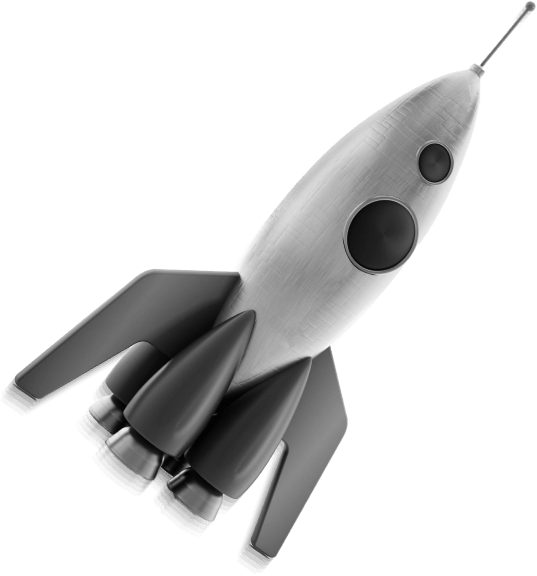
High-quality software can only be built by experts using a rigorous, multi-staged process. Our Bubble software development does not rely on assumptions about user behaviour, we rely on data.
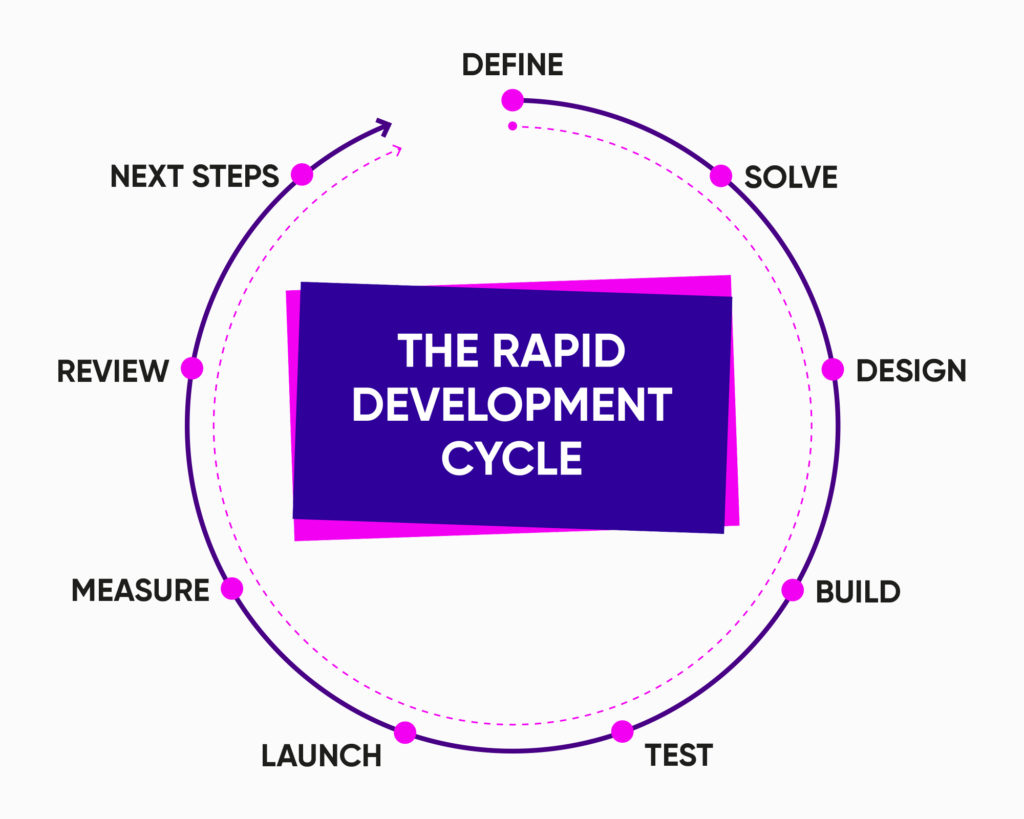
At Di9ital, our experts scope, design, and build your bespoke software using no code, giving you a faster solution than ever before. To get your project live we follow a process known as the ‘rapid development cycle’ which is a staged process to ensure that the software matches your criteria and your users’ needs exactly.
In the future, with changing user needs, you can take your product through the same cycle again in order to develop a new, updated version and stay ahead of the game!


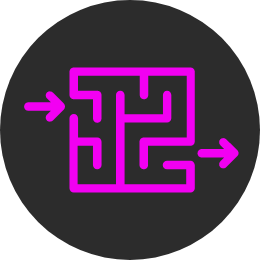
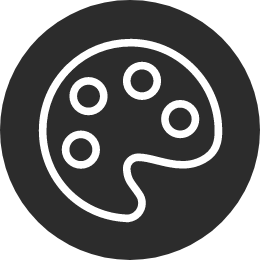
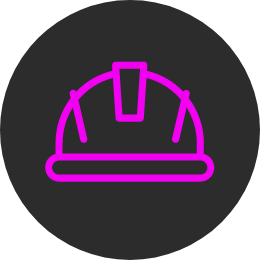
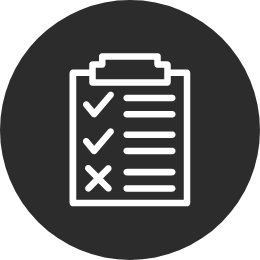
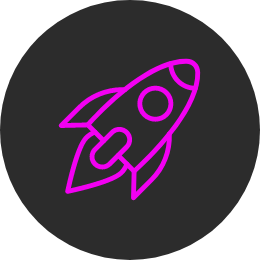
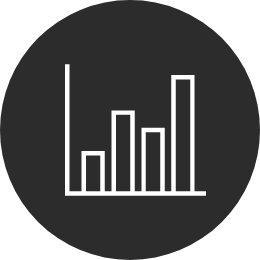
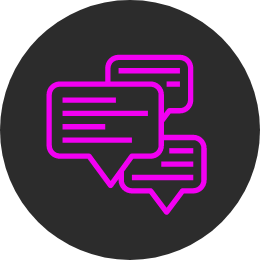











This is the earliest, cheapest method to detect problems in the software.
Every project will come against some changes throughout the build but using Bubble software development tools and an iterative approach actually reduces the amount of time spent on the project overall. We will always ensure that expectations are aligned and deadlines
are met.
If you have an idea for an app that would benefit your company, why not contact us for a free consultation? Di9ital can guarantee you transparency, on-time delivery, and a great outcome.
With any enquiry we take the time to understand your needs. We start with a 30-minute call to clarify the challenges you face and what type of approach will be best. Get in touch today

We get Andrius on the chair to talk all about the changes in the tech industry and how it’s pivoting
We love building things. Not just any things but tools that create impact. Too often in the world of development
Signing up to our process will ensure that your project is tailored to the exact needs of your audience.
Privacy & Cookies | Terms & Conditions
Website by Cre8ion